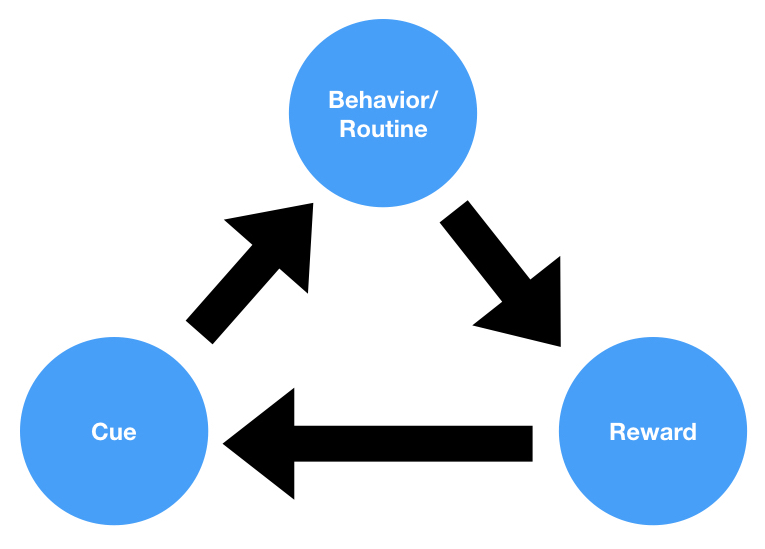What is the Subgenual Cortex?
The subgenual cortex, also known as the subgenual anterior cingulate cortex (sgACC) or Brodmann area 25, is a small region located in the medial prefrontal cortex of the brain. It is situated below the genu of the corpus callosum, the large bundle of nerve fibers that connects the two cerebral hemispheres. The subgenual cortex is involved in various emotional and cognitive processes, including mood regulation, motivation, and decision-making.
Functions and Importance
-
Mood Regulation
The subgenual cortex has been implicated in the regulation of mood and the development of mood disorders. It is interconnected with other brain regions involved in emotional processing, such as the amygdala, hippocampus, and ventromedial prefrontal cortex. Abnormal activity in the subgenual cortex has been observed in individuals with depression, bipolar disorder, and anxiety disorders.
-
Social Cognition
The subgenual cortex is also thought to play a role in social cognition, including the ability to understand and empathize with the emotions of others. It is involved in the processing of social information and the generation of appropriate emotional responses during social interactions.
-
Decision-Making and Motivation
Research has suggested that the subgenual cortex contributes to decision-making and motivation by integrating emotional and cognitive information. This region is believed to be involved in the evaluation of the potential outcomes of decisions and the formation of preferences based on emotional and cognitive factors.
Subgenual Cortex and Mental Health
-
Depression and Anxiety
Studies have shown that individuals with depression and anxiety disorders often exhibit abnormal activity in the subgenual cortex. This abnormal activity is thought to contribute to the development and maintenance of these disorders, as it may lead to disruptions in mood regulation and emotional processing.
-
Treatment
Some treatment approaches for depression and anxiety disorders target the subgenual cortex. For example, deep brain stimulation (DBS) has been used to modulate activity in the sgACC in patients with treatment-resistant depression. Additionally, some forms of psychotherapy, such as cognitive-behavioral therapy, may help normalize activity in the subgenual cortex and other brain regions involved in emotional processing.
Summary
The subgenual cortex is a region in the medial prefrontal cortex that plays a significant role in mood regulation, social cognition, decision-making, and motivation. Abnormal activity in this region has been implicated in the development of mood and anxiety disorders. Targeting the subgenual cortex with interventions such as deep brain stimulation or psychotherapy may be beneficial for individuals with these disorders.




